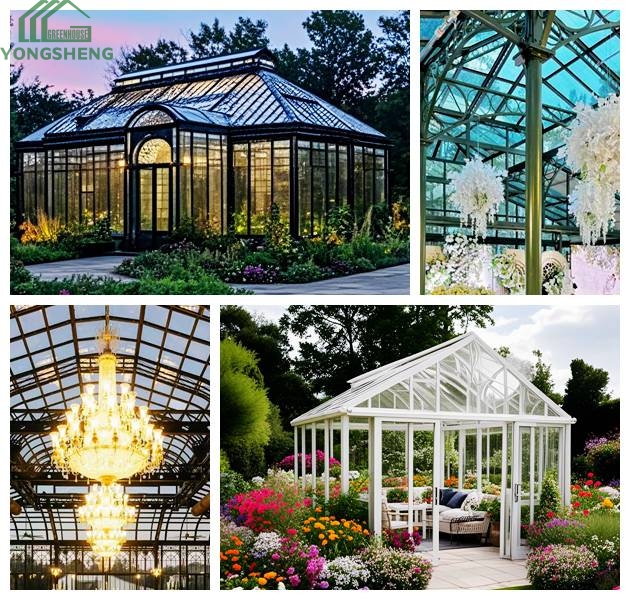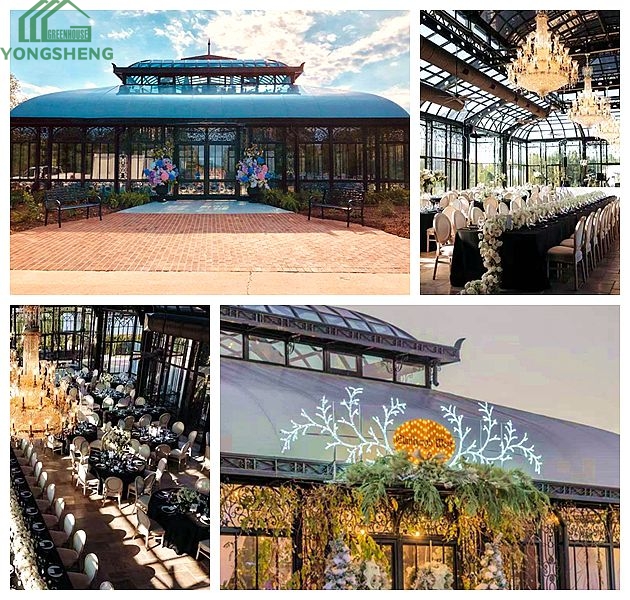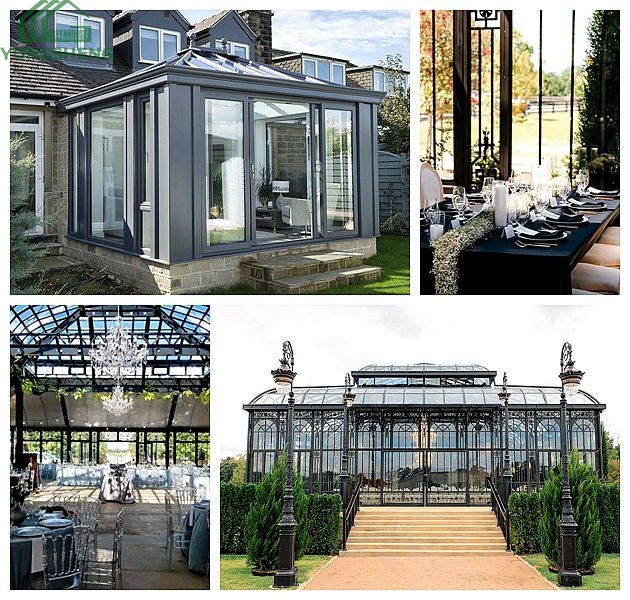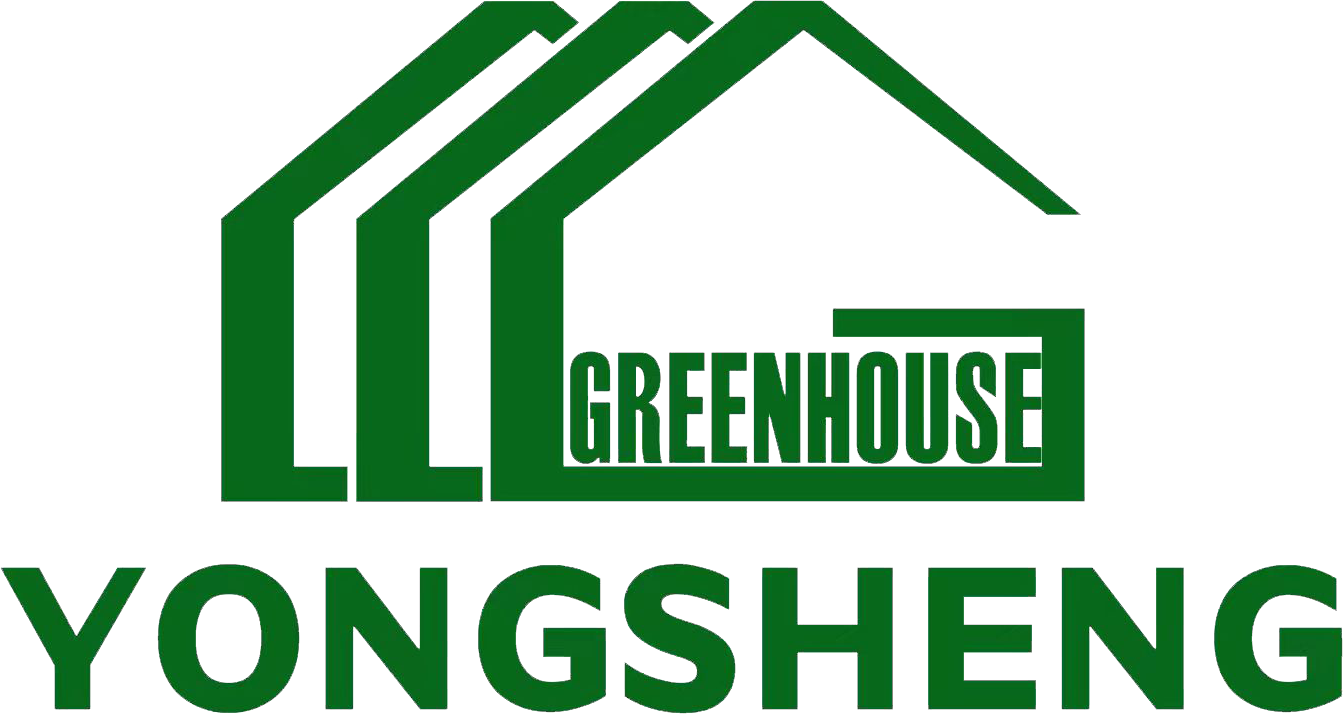
How to Choose a Greenhouse for Different Climates

Greenhouses are an excellent way to extend the growing season, protect plants from harsh weather, and create a controlled environment for optimal plant growth. However, not all greenhouses are created equal, and the type of greenhouse you choose should be tailored to the specific climate in which you live. Whether you’re considering a Victorian greenhouse, a glass greenhouse, or a large greenhouse, understanding the unique demands of your local climate is crucial. In this blog, we’ll explore how to choose the right greenhouse for different climates, focusing on key factors such as materials, design, and size.
1. Understanding Your Climate
Before diving into greenhouse options, it’s essential to assess your local climate. Climates can generally be categorized into:
- Cold Climates: Characterized by long, harsh winters with heavy snowfall and freezing temperatures.
- Hot and Arid Climates: High temperatures, intense sunlight, and low humidity.
- Temperate Climates: Moderate temperatures with distinct seasons.
- Humid Climates: High humidity levels, frequent rainfall, and warm temperatures.
- Coastal Climates: Salt-laden air, strong winds, and variable weather conditions.
Each climate presents unique challenges and opportunities for greenhouse gardening. Let’s explore how to choose the right greenhouse for each.
2. Victorian Greenhouses: A Timeless Choice
Victorian greenhouses are known for their elegant design, featuring ornate details, steep roofs, and large glass panels. These greenhouses are not only functional but also add aesthetic value to any garden. However, their suitability depends on the climate.
Cold Climates
Victorian greenhouses can thrive in cold climates due to their sturdy construction and ability to retain heat. The steep roof design helps shed snow, preventing accumulation that could damage the structure. To enhance insulation, consider double-glazed glass or polycarbonate panels.
Temperate Climates
These greenhouses are ideal for temperate climates, where the design allows for excellent ventilation and light penetration. The large glass panels maximize sunlight exposure, which is perfect for regions with moderate weather.
Hot and Arid Climates
In hot climates, Victorian greenhouses may require additional shading and ventilation to prevent overheating. Installing shade cloths or reflective coatings can help regulate temperatures.
Humid and Coastal Climates
While Victorian greenhouses can work in these climates, ensure the materials are resistant to corrosion and moisture. Aluminum frames with a protective coating are a good choice.
3. Glass Greenhouses: Classic and Versatile
Glass greenhouses are a popular choice due to their durability, aesthetic appeal, and ability to provide excellent light transmission. However, their performance varies across climates.
Cold Climates
Glass greenhouses are effective in cold climates, especially when using double-glazed or tempered glass for better insulation. However, ensure the frame is robust enough to withstand snow loads.
Hot and Arid Climates
In hot climates, glass greenhouses can trap excessive heat, leading to overheating. To mitigate this, use ventilation systems, shade cloths, or opt for tinted glass to reduce solar radiation.
Temperate Climates
Glass greenhouses excel in temperate climates, offering optimal light and temperature control. The transparency of glass allows for maximum sunlight exposure, which is ideal for year-round gardening.
Humid and Coastal Climates
Glass greenhouses can be used in these climates, but ensure proper ventilation to manage humidity levels. Additionally, choose materials that resist corrosion from salt air.
4. Large Greenhouses: Space for Ambition
Large greenhouses are perfect for avid gardeners or commercial growers who need ample space for a variety of plants. However, their size requires careful consideration of climate-specific factors.
Cold Climates
Large greenhouses in cold climates need robust heating systems to maintain consistent temperatures. Insulated walls and energy-efficient designs can help reduce heating costs.
Hot and Arid Climates
In hot climates, large greenhouses require efficient cooling systems, such as evaporative coolers or exhaust fans. Shade structures and reflective materials can also help manage temperatures.
Temperate Climates
Large greenhouses are well-suited to temperate climates, where they can take advantage of natural light and moderate temperatures. Proper ventilation and shading are still important to prevent overheating during warmer months.
Humid and Coastal Climates
In humid climates, large greenhouses need excellent airflow to prevent mold and mildew. Coastal greenhouses should be constructed with corrosion-resistant materials to withstand salt air.
5. Key Considerations for Choosing a Greenhouse
Regardless of the type of greenhouse you choose, here are some universal factors to consider:
Material
- Glass: Offers excellent light transmission but can be heavy and fragile.
- Polycarbonate: Lightweight, durable, and provides good insulation.
- Plastic Film: Affordable and easy to replace but less durable.
Insulation
Proper insulation is crucial for maintaining consistent temperatures. Double-glazed glass or polycarbonate panels are excellent choices for insulation.
Ventilation
Adequate ventilation is essential to regulate temperature and humidity. Look for greenhouses with roof vents, side vents, or automated ventilation systems.
Heating and Cooling
Depending on your climate, you may need to invest in heating systems (e.g., heaters, geothermal heating) or cooling systems (e.g., fans, shade cloths).
Durability
Choose materials that can withstand your local weather conditions, such as corrosion-resistant frames for coastal climates or reinforced structures for snowy regions.
Size
Consider the amount of space you need for your plants and ensure the greenhouse fits comfortably in your garden or property.
6. Tailoring Your Greenhouse to Your Climate
Cold Climates
- Opt for insulated materials like double-glazed glass or polycarbonate.
- Ensure the structure can handle snow loads.
- Invest in a reliable heating system.
Hot and Arid Climates
- Use shading and reflective materials to reduce heat.
- Install efficient cooling systems.
- Choose materials that can withstand intense sunlight.
Temperate Climates
- Maximize natural light with glass or polycarbonate panels.
- Ensure proper ventilation for warmer months.
- Consider a Victorian greenhouse for its aesthetic and functional benefits.
Humid and Coastal Climates
- Prioritize ventilation to manage humidity.
- Use corrosion-resistant materials.
- Regularly maintain the greenhouse to prevent damage from salt air.
7. Conclusion
Choosing the right greenhouse for your climate is essential for successful gardening. Whether you prefer the elegance of a Victorian greenhouse, the classic appeal of a glass greenhouse, or the spaciousness of a large greenhouse, understanding your local climate will help you make an informed decision. By considering factors such as materials, insulation, ventilation, and durability, you can create a thriving environment for your plants, no matter where you live.
Investing in the right greenhouse not only enhances your gardening experience but also ensures that your plants flourish year-round. So, take the time to assess your climate, explore your options, and choose a greenhouse that meets your needs and complements your garden’s beauty. Happy gardening!
Why Choose US?
- ● As the first manufacturer in China to introduce the Victorian conservatory design from Europe, we have 36 years of production experience since 1988, and our products are distributed in 68 countries.
- ● We have a professional team of 8 conservatory design engineers and 60 production workers. We are equipped with 2 hot-dip galvanizing machines, 2 steel shot blasting machines, and 1 spray line.
- ● Our professional design team can provide theoretical calculation data support for wind pressure resistance, earthquake resistance, and snow resistance of large-scale steel structure conservatories.
- ● Strict quality control. 8 inspection stages: raw material inspection, cutting and blanking size inspection, welding quality inspection, hot-dip galvanizing quality inspection, spray quality inspection, assembly quality inspection, and packaging quality inspection. Ensuring smooth assembly of the products, no rust, no leakage, and compliance with customer national standards.
- ● We cooperate with many well-known architectural design companies worldwide.
- ● Customized services. We can customize according to customer designs and dimensions. We also provide supporting facilities such as electric sunshades and air conditioners.
- ● We offer installation dispatch services, inspection services, and free replacement of parts. We also present high-value exquisite gifts.
- ● Video factory tour. You can view the entire production process.




